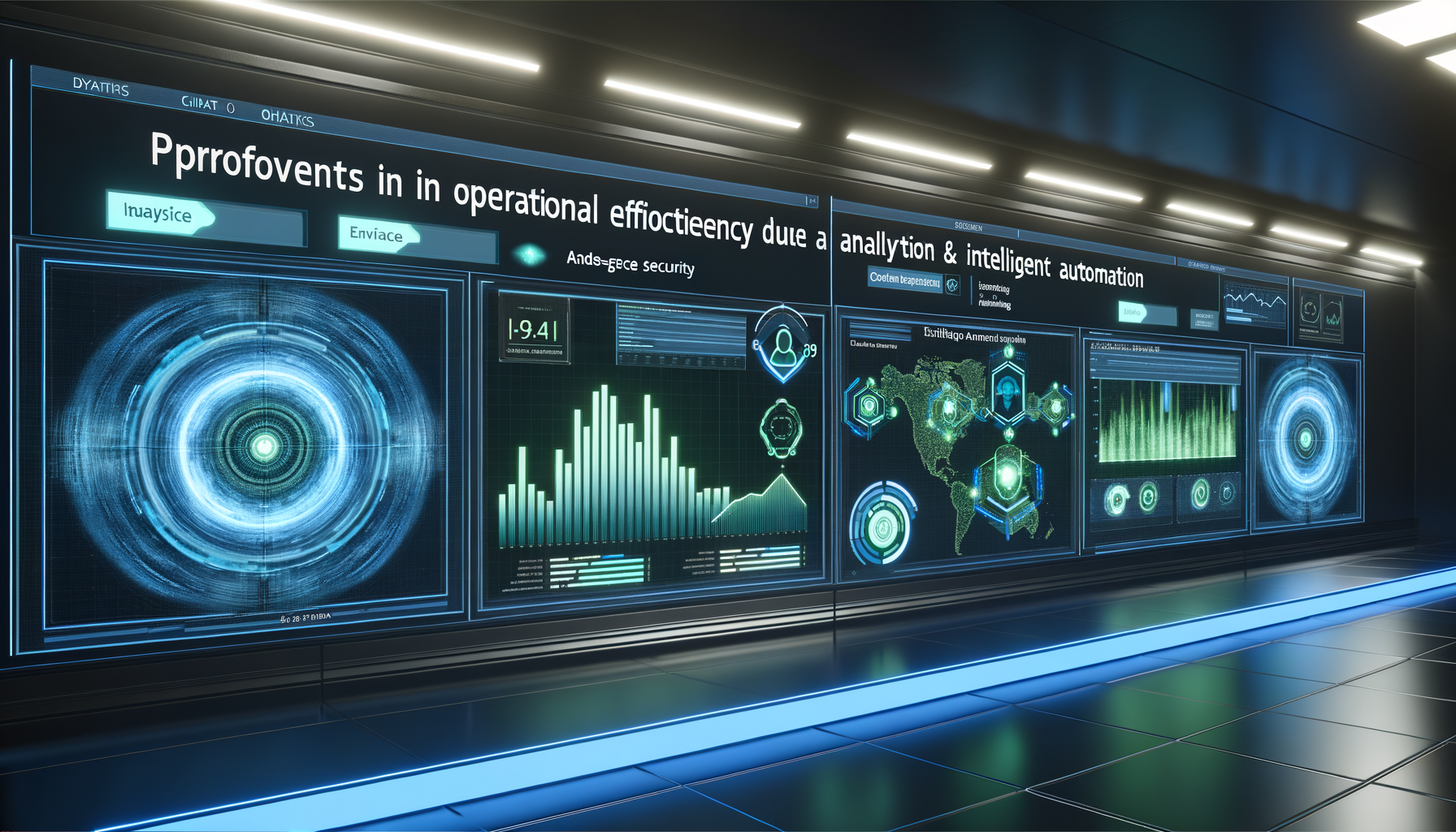In a world where every second counts, AI integration has become a game-changer for businesses looking to enhance operational efficiency. Imagine reducing repetitive tasks by 70% and increasing productivity by 40%—not just dreams but achievable goals with intelligent automation. Join us as we delve into transformative AI strategies that Quicklook has pioneered for companies like yours.
Understanding AI Integration
The Foundation of Modern Businesses

AI integration concept diagram with business process flow
AI integration is not just a buzzword—it's a cornerstone of modern business strategy. By embedding AI into core processes, businesses can unlock new levels of efficiency and innovation.
For example, Quicklook's AI integration solutions have enabled companies to automate their customer support, significantly reducing response times and improving customer satisfaction.
The key lies in understanding your unique business needs and aligning them with AI capabilities, ensuring a seamless blend of technology and human effort.
LIST
- •Enhances decision-making
- •Automates routine tasks
- •Improves customer experience
Benefits of Intelligent Automation
Driving Operational Efficiency

Analytics graph showing improvements in operational efficiency
Intelligent automation combines AI and machine learning to streamline operations. It’s about taking mundane tasks off your team's plate so they can focus on more strategic activities.
For instance, Quicklook helped an e-commerce company automate its inventory management, resulting in a 50% reduction in stock discrepancies and a 30% increase in fulfillment speed.
The benefits are clear: reduced costs, improved accuracy, and more agile business operations.
QUOTE
Because spreadsheets shouldn't scream in binary.
Step-by-Step AI Deployment Guide
Implementing AI for Success

A step-by-step roadmap for AI deployment
Successful AI deployment begins with a clear strategy. Identify which processes will benefit most from automation and prioritize them.
Next, choose the right AI tools and platforms that align with your business goals. Quicklook's expertise in multi-agent systems ensures you have the right technological backbone.
Finally, integrate and test the solutions in phases to mitigate risks and ensure seamless adoption.
CALLOUT
Start small, think big: Pilot projects guide full-scale integration.
Challenges and Solutions
Overcoming Integration Hurdles

Tech team collaborating over code review
Despite its benefits, AI integration can pose challenges such as data privacy concerns and skill gaps.
Quicklook addresses these challenges by providing robust security frameworks and comprehensive training programs, ensuring your team is prepared to leverage AI effectively.
Moreover, our solutions are designed to scale, adapting to your growing business needs without compromising on security or performance.
LIST
- •Data privacy protocols
- •Employee training programs
- •Scalable AI solutions
Future Trends in AI Integration
What’s Next for AI?

Futuristic AI concept with digital interfaces
As we look towards 2025, AI integration will continue to evolve, with trends like hyperautomation and agentic AI taking center stage.
These advancements promise even greater efficiencies, enabling businesses to automate entire workflows end-to-end.
Quicklook remains at the forefront of these innovations, constantly refining our solutions to meet the future needs of businesses.
QUOTE
Embrace the future: AI is the catalyst for tomorrow's success.
Frequently Asked Questions
QWhat are the key benefits of integrating AI into business processes?
QHow can intelligent automation enhance operational efficiency in enterprises?
QWhat are the latest trends in AI integration and intelligent automation for 2025?
Conclusion
AI integration and intelligent automation represent a pivotal shift in how businesses operate, unlocking significant efficiencies and competitive advantages.
Future Vision
As technology advances, staying ahead with AI is crucial for sustained success.
Schedule your AI audit with Quicklook.
